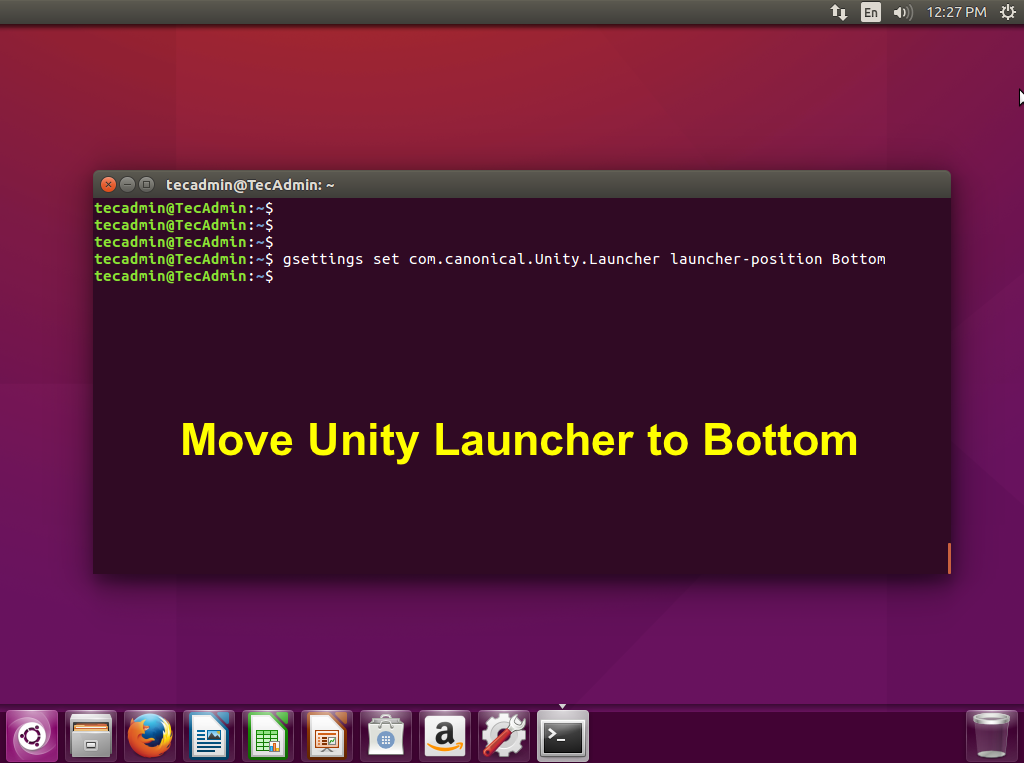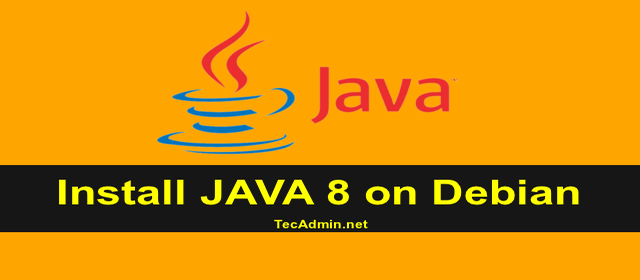Notepad++ is a popular, open-source code editor and Notepad replacement that supports several programming languages. Running in the MS Windows environment, its use is governed by the GPL License. While Notepad++ is native to Windows, Linux users, including those on Ubuntu 22.04, can still install and run it using Wine or as a snap package. Here’s how you can do it: Method 1: Installing Notepad++ as a Snap Package Snap is a package management system that allows you to install and manage software easily. Notepad++ is available as a snap package, making it straightforward to install on Ubuntu 22.04. Install…
Author: Rahul
Indexes are very useful to improve search queries on database tables. For example you are searching for particular record in a database table having millions of records. You will find that search queries taking very less time on tables having indexes enables. CREATE INDEX:- This will creates index on mysql table. This will allow duplicate values also. CREATE INDEX index_name ON table_name (COLUMN_NAME1, COLUMN_NAME2, …) CREATE UNIQUE INDEX:- This will creates index on mysql table. With uses of UNIQUE keyword this will not allow duplicate values. CREATE UNIQUE INDEX index_name ON table_name (COLUMN_NAME1, COLUMN_NAME2, …) 1. CREATE INDEX Examples:- For…
Move Unity Launcher to Bottom. Ubuntu 16.04 is providing option to move unity launcher to bottom also. Ubuntu earlier versions doesn’t provide this option but Now we can move unity launcher to bottom or left side. This tutorial will help you to move unity launcher to botton or left in Ubuntu 16.04 LTS. Move Launcher to Bottom This command will movie unity launcher to bottom of screen. gsettings set com.canonical.Unity.Launcher launcher-position Bottom Move Launcher to Left This command will movie unity launcher to left of screen. gsettings set com.canonical.Unity.Launcher launcher-position Left
How do I Install Java 8 on Debian?. The first Oracle Java 8 stable version was released on Mar 18, 2014, and available to download and install. Oracle Java PPA for Debian systems is being maintained by Webupd8 Team. JAVA 8 is released with many of new features and security updates. This tutorial will help you to Install Java 8 on Debian 9/8/7 systems using PPA and apt-get command. The Ubuntu and LinuxMint users use below link to install Java 8 on their system. IMPORTANT: Java 8 is no longer available to download publically. You can use below link to…
Google Chrome is a powerful, fast, and popular web browser known for its minimalist design and robust suite of features. While Fedora and Red Hat Enterprise Linux (RHEL) systems come with a default web browser (Firefox in most instances), many users opt for Google Chrome due to its compatibility, extensions, and synchronization capabilities. You may like: How to Install Mozilla Firefox on Linux In this guide, we’ll walk through the steps necessary to install Google Chrome on Fedora and RHEL systems. Let’s get started! Prerequisites: A system running Fedora or other RHEL-based system. Sudo or root access An active internet…
Rsync is a powerful and versatile tool for synchronizing files and directories between two different locations. By default, Rsync uses the SSH protocol to securely transfer data between systems. However, in some cases, you may need to use Rsync over a non-standard SSH port. This could be due to security concerns, network configurations, or other reasons. This guide will walk you through the steps of using Rsync over a non-standard SSH port, including how to configure the remote server and the Rsync command line. Using Rsync with Non-standard SSH Port The next step is to configure Rsync to use the…
All the sites running with SSL are used https protocol on default port 443. SSL provides secure data communication by encrypting data between server and client. This article will help you to configure SSL in Nginx server. For this example we are using a self signed certificate. Step 1 – Install Nginx Web Server We are assuming that you already have Nginx installed on your system but in case you don’t have installed it already, Use following command to install it. $ sudo apt-get install nginx Step 2 – Get SSL Certificate For creating SSL certificate, the first requirement is…
Magento 2 is latest version available of the popular eCommerce software Magento. In previous tutorial you got details about Magento2 installation on Linux. This tutorial will help you to update Magento 2 database configuration file. The previous Magento versions’ uses app/etc/local.xml database configuration file. The Magento2 keep database configuration under app/etc/env.php file. Magento 2 Database Configuration File To change your Magento 2 database server hostname, database username, password or database name, you need to edit below file. /Magento2 Install Dir/app/etc/env.php Navigate to your Magento 2 installation directory and edit app/etc/env.php configuration file in your favorite editor and search for following…
Docker has revolutionized the way developers package, distribute, and deploy applications. It allows you to create lightweight, portable containers that can run applications and their dependencies consistently across different environments. In this beginner’s guide, we will walk you through the essential Docker container operations: creating, listing, and deleting Docker containers. We’ll also provide practical examples using Dockerfiles to illustrate these concepts. Prerequisites Before we get started, make sure you have Docker installed on your system. You can download and install Docker from the official website (https://www.docker.com/get-started). Once Docker is installed, open your terminal or command prompt, and let’s begin. 1.…
Docker images are the foundation of Docker containers, providing a lightweight and portable solution for packaging applications and their dependencies. Creating and managing Docker images effectively is essential for a smooth application development and deployment process. This article offers a practical guide on creating and managing Docker images, including the use of Dockerfiles, building images, and managing them using Docker commands. 1. Understanding Docker Images Docker images are read-only templates that contain the application code, runtime environment, libraries, and dependencies needed to create a running Docker container. Images are stored in a hierarchical format, with each layer representing a change…


